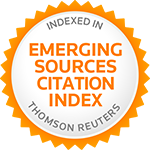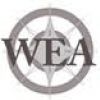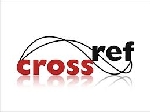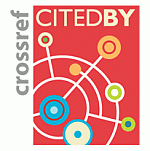Social and economic determinants of quality of life: Case of European countries
Vol. 16, No 4, 2023
|
Tetyana Vasylieva
Sumy State University, Ukraine t.vasylieva@biem.sumdu.edu.ua ORCID 0000-0003-0635-7978
|
Social and economic determinants of quality of life: Case of European countries |
|
Wioleta Witczak-Smolnik
Academy of Justice, Warsaw, Poland wioleta.witczak-smolnik@aws.edu.pl ORCID 0009-0001-5932-1015 Inna Tiutiunyk
Sumy State University, Ukraine i.tiutiunyk@biem.sumdu.edu.ua ORCID 0000-0001-5883-2940 Bálint Filep
Széchenyi Istvàn University Győr, Hungary ORCID 0000-0003-3955-6818 |
Abstract. The article is devoted to the study of economic and social drivers of quality of life. The method of weighted sums and the Fishburn formula were employed to assess the level of quality of life. Using Ward's method and the Kalinsky-Kharabash test, three clusters of countries were identified. The relationship between indicators was modeled with the Johansen, Dickey-Fuller and Phillips-Perron tests. Five indicators of social development (children out of school, unemployment, literacy rate, hospital beds, total population) and six indicators of economic development (GDP, minimum wage, government expenditure on education, current health expenditure, state expenditure on physical culture and sports industry) were chosen to establish the relationship between the indicators. The research was focused on the data of 30 European countries. Two hypotheses were proposed and tested in the study. Hypothesis H1 was that public spending on education, health care, and sports stimulates an increase in the quality of life. This hypothesis was confirmed for all countries. Hypothesis H2 assumed that the number of children out of school, the level of unemployment, and illiteracy negatively affect the quality of life. This hypothesis was confirmed only for a small number of countries. |
|
Received: April, 2023 1st Revision: September, 2023 Accepted: December, 2023 |
|
|
DOI: 10.14254/2071-789X.2023/16-4/14 |
|
|
JEL Classification: I14, N3, P36, H51 |
Keywords: quality of life, government expenditure, education, health care, physical culture and sports |













